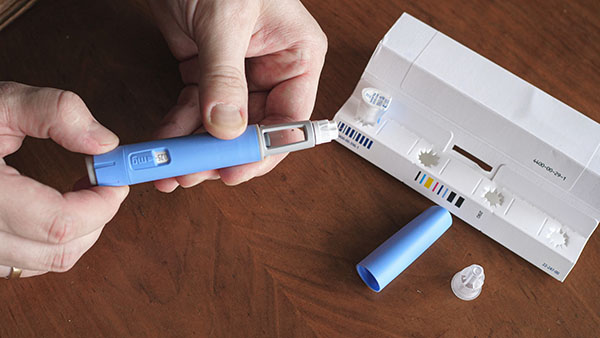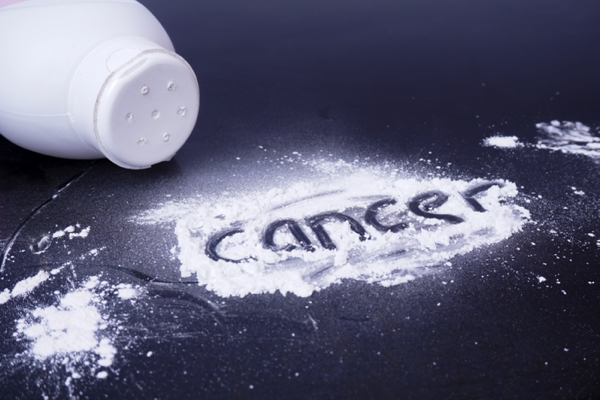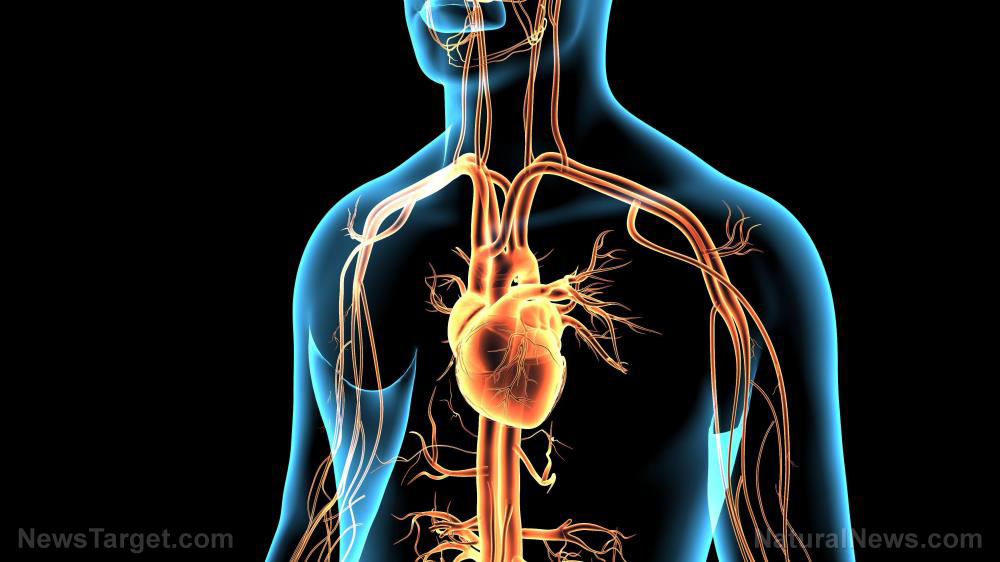Prostate cancer: A growing concern for men over 50
08/12/2025 / By Belle Carter

- Prostate cancer is a significant health threat, affecting about one in eight men, particularly those over 50 and primarily targets the prostate gland.
- The disease is often asymptomatic in its early stages, making proactive screening crucial. Warning signs, when they appear, include urinary issues like frequent urination and sexual symptoms such as trouble with erections, with advanced stages potentially causing pain and unexplained weight loss.
- Early detection is vital for effective treatment. The two main screening methods are the PSA test, which measures a protein in the blood that can indicate cancer and the DRE, where a doctor checks for prostate abnormalities. Both methods have limitations and should be discussed with a healthcare provider.
- While there is no guaranteed prevention, adopting a healthy lifestyle can lower the risk. Recommendations include following a Mediterranean diet, engaging in regular vigorous exercise, practicing mindfulness and avoiding harmful chemicals like pesticides.
- Understanding risk factors, recognizing symptoms and embracing early detection and healthy lifestyle choices are essential steps for men to protect themselves against prostate cancer. Ongoing research aims to improve treatments and preventive strategies, potentially reducing the disease’s impact.
In a world where health awareness is paramount, prostate cancer stands out as a significant threat to men, affecting approximately one in eight men during their lifetime. This common yet often silent disease primarily targets the prostate gland and is most prevalent in men over 50. With early detection being crucial for successful treatment, understanding the risk factors, symptoms and available screening methods is more important than ever.
Prostate cancer is notorious for its lack of early symptoms, making it challenging to detect without proactive screening. However, as the disease progresses, several warning signs may emerge, primarily related to urinary and sexual function. Urinary symptoms include frequent urination, especially at night, difficulty starting or stopping urination, weak or interrupted urine stream, pain or burning during urination and blood in the urine. Sexual symptoms include trouble achieving or maintaining an erection, pain during ejaculation, decreased semen volume, blood in the semen and pain in the testicles.
While these symptoms can also result from benign conditions like an enlarged prostate, their presence warrants medical evaluation. As the cancer advances, it may cause additional symptoms such as pain in the lower back, hips or thighs, swelling in the legs and unexplained weight loss.
Importance of early detection
Early detection is key to effective treatment and improved survival rates. The two primary screening methods for prostate cancer are the prostate-specific antigen (PSA) test and the digital rectal examination (DRE).
PSA test: This blood test measures levels of PSA, a protein produced by the prostate. Elevated levels can indicate cancer, but they can also be caused by other conditions. Therefore, a high PSA result often leads to further testing, such as a biopsy, to confirm the diagnosis.
DRE: During this exam, a doctor checks the prostate for abnormalities by inserting a gloved, lubricated finger into the rectum. While the DRE can detect irregularities, it is less reliable than the PSA test and is not always recommended as a standalone screening tool.
The decision to undergo screening is a personal one and it should be made after discussing the potential benefits and risks with a healthcare provider. False positives, unnecessary biopsies and the psychological impact of a cancer diagnosis are all factors to consider.
Lifestyle and prevention: A proactive stance
While there is no guaranteed way to prevent prostate cancer, adopting a healthy lifestyle can reduce the risk. Key strategies include:
- Diet: A Mediterranean diet rich in fruits, vegetables, nuts and fish may lower risk. Conversely, limiting processed foods and excessive dairy intake is advisable.
- Exercise: Regular physical activity, particularly vigorous exercise, has been shown to reduce the risk of aggressive prostate cancer.
- Mindfulness: Practices such as meditation and yoga can improve emotional well-being and help manage the stress associated with a cancer diagnosis.
- Avoiding harmful chemicals: Reducing exposure to substances like pesticides and BPA may also lower risk.
Prostate cancer is a complex disease with a significant impact on men’s health. By understanding the risk factors, recognizing the warning signs and embracing early detection and healthy lifestyle choices, men can take proactive steps to protect themselves. As research continues to advance, the hope is that more effective treatments and preventive strategies will emerge, ultimately reducing the burden of this prevalent disease. (Related: Empowering men: A comprehensive guide to reducing prostate cancer risk naturally.)
Watch the video below where Health Ranger Mike Adams shared what he would do if diagnosed with prostate cancer.
This video is from The Truth About Cancer channel on Brighteon.com.
More related stories:
Study reveals: Men should eat walnuts to prevent prostate cancer.
Study: Regular mushroom consumption can lead to lower prostate cancer risk.
King Charles III diagnosed with enlarged prostate, hospital treatment starts soon.
Sources include:
Submit a correction >>
Tagged Under:
aging, diet, early detection, exercise, health science, lifestyle, men's health, natural health, Prostate cancer, tips
This article may contain statements that reflect the opinion of the author





















